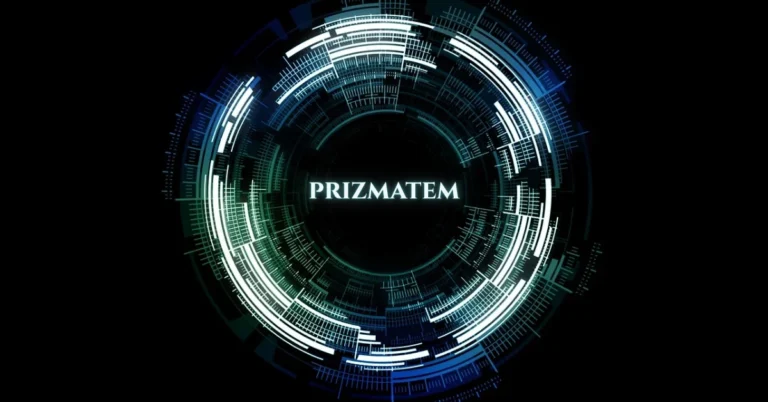Which Custom Jewelry Manufacturing Process is Right for Your Design Casting, CAD, or Hand-Fabrication?
It is an interesting alchemy of science and art that follows the path of a jewelry design until its completion. The key to this change is the manufacturing process, the way the raw materials are molded into a complete work. When dealing with custom jewelry manufacturers, it is important to know the key processes: hand-fabrication, casting and CAD/CAM. The choice is a design decision in itself, because each approach has its own strengths, drawbacks and aesthetic results.
No one approach is the best, so the correct one will always depend on the complexity of the design, the intended beauty, the budget, and the quantity of pieces to be created. A smooth and modern ring can be an ideal fit to CAD and casting, whereas the organic and textural object may require the artisanal hands-on work of hand-fabrication. With a clear grasp of the fundamentals of each method, it becomes possible to properly partner with custom jewelry creators to discuss the path that will most effectively represent your creative goals.
The Art of Hand-Fabrication
The Process Explained
The most archaic and classic technique is hand-fabrication. It is a craft of a masterful jeweler who creates metal and carves it into a shape directly by using tools such as saws, hammers, torches, and files.
The piece is constructed by methods such as soldering, forging, and forming. It is a subtractive and additive procedure which is purely artisan.
Ideal For and Advantages
This technique is perfect with unique artworks, complicated structural patterns that are hard to cast, repairs and designs that demand a unique organic or hammered surface. The first is unmatched exclusivity and the fact that the maker has touched the finished product. It is flexible and creative in terms of the process.
Limitations
The most expensive option is hand-fabrication, which is very time-consuming and needs a high degree of skill. Production of several copies of the same work is not economically viable. It is extremely hard to be consistent throughout a production run using only human effort.
The Role of the Manufacturer
Custom jewelry manufacturers that are primarily hand-fabricated hire master jewelers and goldsmiths. Collaboration means to tap into their artistic interpretation and higher quality of craftsmanship to produce a real heirloom.
Accuracy of Casting and CAD/CAM
Lost-Wax Casting
In casting, a model of the jewelry item is made in wax, encased in the plaster-like investment material, and burned away. Then molten metal is poured into the cavity. The wax model may be 3D printed as a digital file (hand-carved wax) or hand-carved.
The Digital Revolution CAD/CAM
Computer-Aided Design (CAD) gives a designer an opportunity to model the piece in 3D. Such a digital file may then be transferred to a Computer-Aided Manufacturing (CAM) machine, typically a high-resolution, 3D printer, to form a pattern in wax or resin to be cast. This easily combines with the lost-wax process.
Ideal For and Advantages
Production of multiple copies of a design like a collection is done by casting. CAD/CAM is ideal where designs are highly symmetrical, contain complicated geometric patterns or where accuracy in setting of melee stones is required that is hard to accomplish by hand. It is easy to scale and modify designs prior to any metal being committed.
Limitations
Although casts are effective, they need a great deal of expertise to pour, cast, and cure properly to prevent casting flaws such as porosity. Initial CAD modeling and mold-making may be expensive on an individual piece but will be economical in production runs. The finish may not always have the individuality of a hand made one.
Conclusion
The choice of the appropriate manufacturing process is a shared process between yourself and your custom jewelry makers. You can make a wise decision and choose what fits with your design objectives, budget, and vision of the final work by realizing the strengths of each approach: the soul of hand-work or the scalability of digital technology. This information will lead to a successful collaboration and a final product that fully reflects what you actually wanted in the first place.
Keep an eye for more latest news & updates on Zerodevicenet!






